The Rhône is a strong river. The Loire derives graciousness from its châteaux. The Rhine and the Thames have been sentimentalised: not the Rhône. There are no Rhône-maidens, no suggestion of ‘sweet Rhône run softly till I end my song’. A powerful onrush of water rips past the banks of a river that knows how to drown men.
But it also brings fertility in abundance. This is probably the oldest wine-growing region in France. The romantic version is that Greeks brought the Shiraz grape from Persia; 2,500 years later, Syrah is still the region’s vinous bedrock. As one would expect from a combination of the River God and the Sun God, these are powerful wines, easily hitting 14 degrees. Even Hemingway declared that Châteauneuf is not a lunchtime wine.
Single bottles are always a temptation. All too often, it is one that should be resisted. Great wine needs a lengthy and untroubled maturation. It should be put to sleep like Brünnhilde, until a hero arrives for the awakening. If the bottle has been forgotten about and bundled around in various house-movings before coming to rest next to the central heating boiler, the owners will end up with a somewhat ill-tempered Valkyrie.
My experiment took place in the early 1980s. There were no heroes or dragons: merely a wine merchant who had three bottles of Hermitage from the 1920s. He offered no guarantee about their condition. To adopt booksellers’ idiom, they were for sale ‘with all faults’. I cannot remember the price. It was cheap if the bottles had retained their quality: not so, if they had turned to vinegar. It would be unfair to describe the first two as vinegar: unfair on vinegar. They smelt as if they might be a substitute for Novichok. But the third, a 1929, was Apollonian: one of the greatest wines I have tasted: a hero that any Valkyrie would be happy to carry to Valhalla. My friend John Beveridge has described the ’67 Yquem as ‘like a Greek temple melted down in honey’. That Hermitage deserved a similar tribute.
Over the weekend, when the hostess could spare time from discussing the arrangements for Monday’s meet, we were discussing Rhône-ish matters in Dorset. In geography and climate, the two regions may be dissimilar, but in zest for life there could be an unending and friendly rivalry. In both of them, agriculture is central. In both cases, the craft and husbandry associated with cultivation produces proper people. Dorset has its grand families but — perhaps to a greater extent than in any other English county — there is also a backbone of yeomanry. In all this, hunting is crucial. The hunting field is a classic Burkean coalition: the dead, the living and the yet unborn. That there are people wicked enough to wish to eradicate this more than sport, this almost mystic affirmation of England and its people — demonstrates the extent to which the left is in the grip of malignancy and psychosis: of hatred for the country which it wishes to dominate. We must save hunting for the as yet unborn.
There are areas in which Dorset must give best. So we turned to the Rhône for wine. My friends produced their last two bottles of Château de Beaucastel 2000. It is a superb wine, made by the Perrin family, who blend every one of the 13 Rhône grape varietals. The wine was ready, but there is still plenty of life. If you are fortunate enough to own some, there need be no hurry to finish it off. Its second wine, Coudoulet de Beaucastel, is also admirable. What the Perrins do not know about viniculture is not knowledge.
Recently, I have been drinking a certain amount of Cornas, while resolving to increase the tempo. One of the smallest Rhône appellations and using only Syrah, it produces sophisticated and long-lived bottles. So we toasted its success and hunting’s survival.
Got something to add? Join the discussion and comment below.
Get 10 issues for just $10
Subscribe to The Spectator Australia today for the next 10 magazine issues, plus full online access, for just $10.
You might disagree with half of it, but you’ll enjoy reading all of it. Try your first month for free, then just $2 a week for the remainder of your first year.


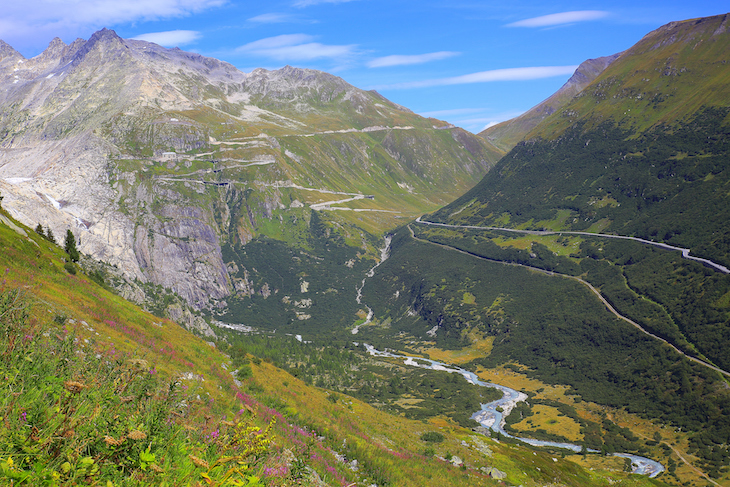
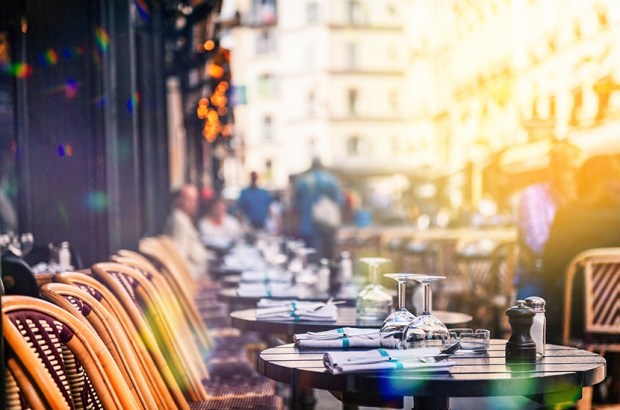
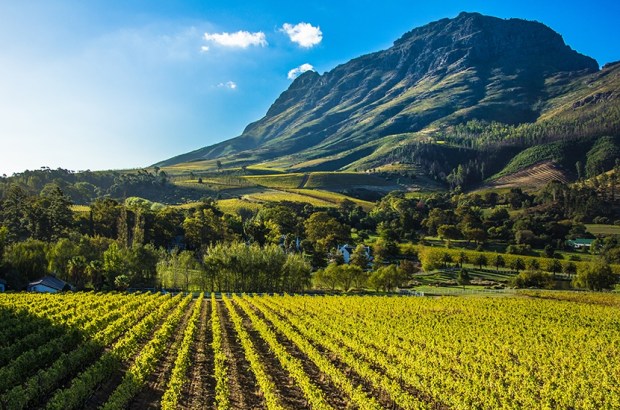

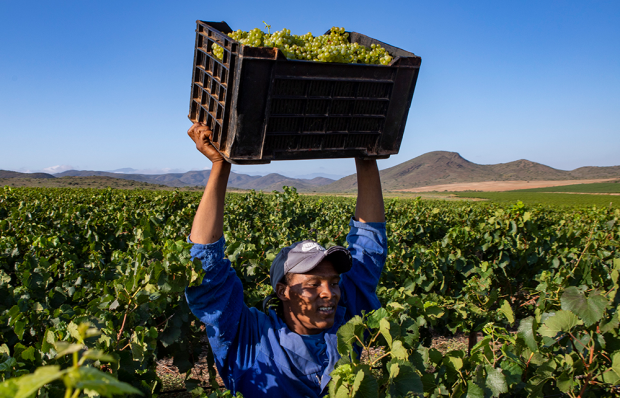

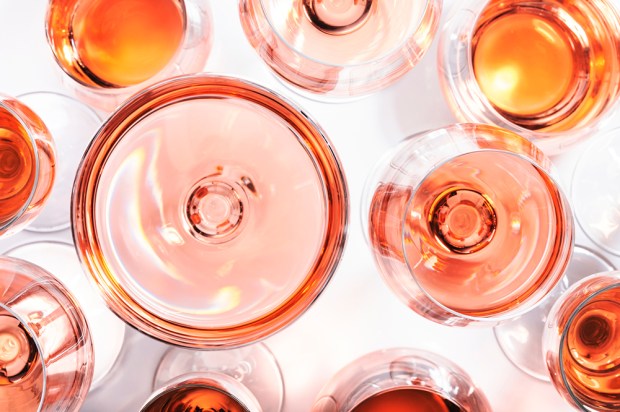






Comments
Don't miss out
Join the conversation with other Spectator Australia readers. Subscribe to leave a comment.
SUBSCRIBEAlready a subscriber? Log in